Indian Government under Pradhan Mantri Narendra Modi has launched a large number of welfare schemes in the past 4 years (2014, 2015, 2016, 2017 and 2018). These schemes are providing benefits to large number of citizens. Here we are presenting 18 most popular schemes in this Sarkari Yojana List.
PM Awas Yojana, PM Mudra Loan Scheme, PM Jan Dhan Yojana, PM Suraksha Bima Yojana, Ujjwala Yojana, Atal Pension yojana, Startup India, Stand Up India, PM Kaushal Vikas Yojana are some of the flagship schemes from the List of Narendra Modi Govt. Schemes. All these schemes are benefiting Indians in one way or another.
There are more than 135 schemes which have been started by the Modi Govt. which includes the newer ones or the one which have been started. Here we are giving the List of 18 Flagship Schemes from the Complete List of Central Government Schemes. This list does not only includes the social welfare schemes but also includes the schemes to bring a positive change in India.
Indian Government Schemes List (All Sarkari Yojana)
The Complete List of Schemes launched by Indian Government under the leadership of PM Narendra Modi from FY 2014 to FY 2018 for the welfare of people is given below:-
Pradhan Mantri Jan Dhan Yojana
The important features and highlights of this scheme are as follows:-
- Launch Date – 28 July 2014
- Objective – To provide access of banking facilities and financial services to the poor people. This is a national mission for the financial inclusion of all households.
- Achievements –
- 60% bank accounts opened in rural areas (As on 25 April 2018)
- 31.52 crore Jan Dhan accounts opened (As on 25 April 2018)
- Total balance in Jan Dhan accounts is Rs. 80871.67 crores (As on 25 April 2018)
- Over 23.71 Crore Rupay Cards issued (As on 25 April 2018)
- Share of zero-balance Jan Dhan accounts dropped to 24% in December 2016 from 73% in December 2014
- Over 1.26 lakh bank-mitras appointed by banks
- 2.5 lakh Gram-Dak-Sewaks will function as banking correspondents

For more details, click at the link – PM Jan Dhan Yojana
Pradhan Mantri Suraksha Bima Yojana
The important features and highlights of this scheme are as follows:-
- Launch Date – 9 May 2015
- Objective – This scheme will provide very affordable insurance scheme for poor and underprivileged people in the age group of 18 to 70 years. Candidates must possess a bank account at a premium of Rs. 12 p.a. There will be a risk coverage of Rs. 2 lakhs for accidental death / full disability and Rs. 1 lakh for partial disability.
- Achievements – As on Feb 2018, 13.25 crore persons have been insured with personal accident cover of Rs. 2 lakh on payment of a premium of only Rs. 12 p.a.
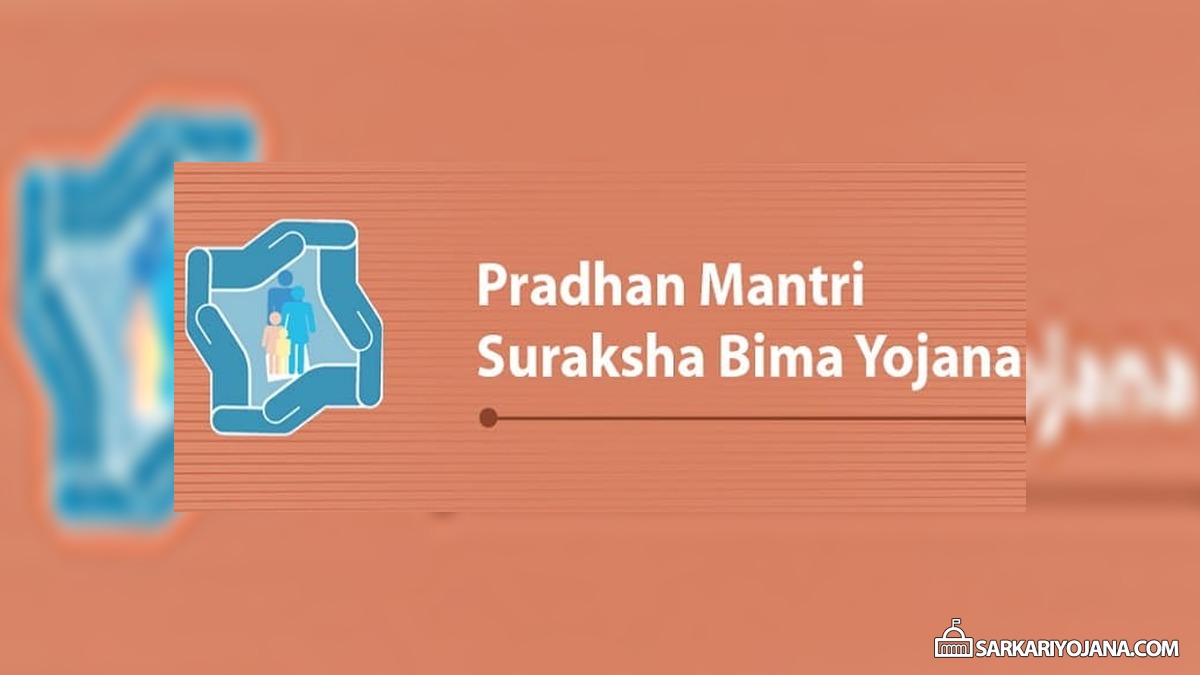
For more details, click at the link – PM Suraksha Bima Yojana (PMSBY)
Pradhan Mantri Jeevan Jyoti Bima Yojana
The important features and highlights of this scheme are as follows:-
- Launch Date – 9 May 2015
- Objective – To create a social security system for the poor and underprivileged in the age group of 18-50 years by providing a renewable life insurance cover of Rs.2 lakhs with just a premium of Rs. 330.
- Achievements – As on Feb 2018, Pradhan Mantri Jeevan Jyoti Beema Yojana (PMJJBY) has given benefits to around 5.22 crore families with Life Insurance Cover of Rs. 2 lakh at premium of only Rs. 330/- p.a.

For more details, click at the link – PM Jeevan Jyoti Bima Yojana (PMJJBY)
Atal Pension Yojana
The important features and highlights of this scheme are as follows:-
- Launch Date – 9 May 2015
- Objective – Govt. will provide financial security in old age through guaranteed minimum monthly pension for all people who are working in informal sector or daily wagers in the age group of 18 to 40 years. Govt. contribution is 50% of beneficiaries premium (up to Rs. 1000) for 5 years in new accounts opened before 31 December 2015.
- Achievements – As on 5 January 2018, about 80 lakh subscribers have been enrolled under APY.
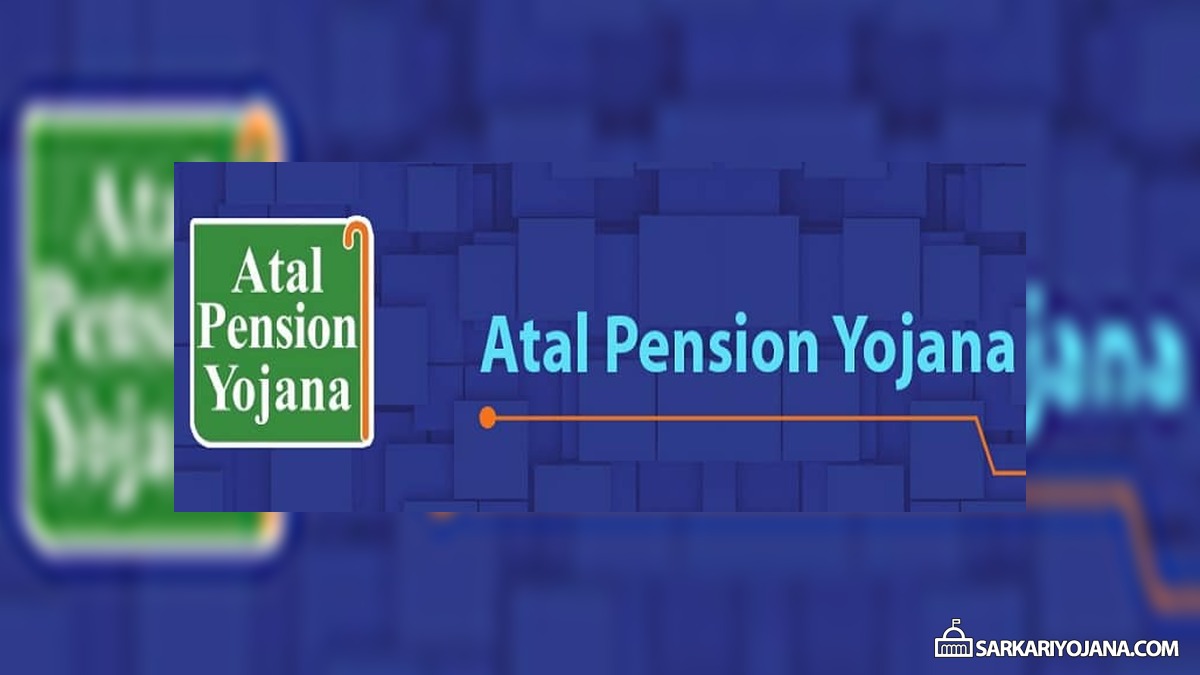
For more details, click at the link – Atal Pension Yojana
Pradhan Mantri Ujjwala Yojana
The important features and highlights of this scheme are as follows:-
- Launch Date – 1 May 2016
- Objective – To provide deposit free 5 crore cooking gas (LPG) connections to women from below-poverty-line (BPL) households over 3 years from 2016-17 to 2018-2019.
- Achievements –
- 2.07 crore LPG connection provided to BPL Households (As on 5 April 2018)
- Scheme spread all over the country, now in 694 districts
- This scheme targets to provide 5 core LPG connections in 3 years during 2016-19
- Rs. 8000 crores have been earmarked for this scheme
- 24X7 Helpline for LPG Consumers – Dial 1906

For more details, click at the link – PM Ujjwala Yojana
Swachh Bharat Mission
The important features and highlights of this scheme are as follows:-
Swachh Bharat Mission Gramin (SBM-G)
- Launch Date – 2 October 2014
- Objective – To fulfill Mahatma Gandhi’s dream of a clean and hygienic India.
- Achievements –
- Over 6.26 crore household toilets constructed since the launch of the Mission (as on 21 March 2018)
- 3,23,560 villages, 314 districts and 11 States(9States+2UTs) declared ODF (as on 21st March, 2018)
- 4,464 open defecation free villages under Namami Ganga
- Sanitation Coverage increased from 38.70% in 2014 to 78.98 % as on 21.03.2018
- Incentive for individual toilet increased to Rs. 12,000
Swachh Bharat Mission (Urban)
- Launch Date – 2 October 2014
- Objective – To make 4,041 cities and towns Open Defecation Free and clean by October, 2019
- Achievements –
- 46,36,158 individual household toilets constructed so far
- 3,06,064 Community and Public Toilet seats constructed so far
- 2477 cities have been so far declared Open Defecation Free
- 61,846 urban wards covered under 100% Door to Door collection of solid waste
- Waste to Compost total achievement 13.11 lakh TPA from 145 Plants
- Around 88 Mega Watts of energy is being produced from waste
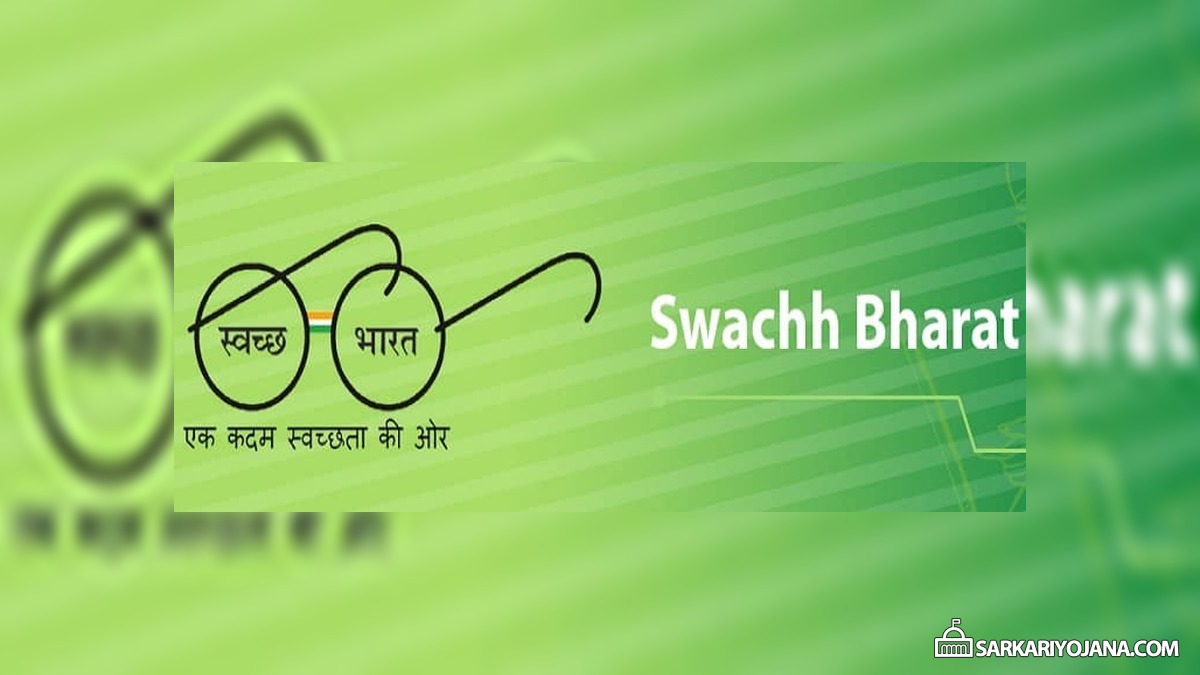
For more details, click at the link – Swachh Bharat Abhiyan
Accessible India Campaign
The important features and highlights of this scheme are as follows:-
- Launch Date – 3 December 2015
- Objective – To make at least 50 percent of all government buildings in the national capital and all state capitals “fully accessible” for the disabled by July 2018.
- Achievements –
- The scheme is ensuring a dignified life to Divyangs
- Special camps organized for distribution of Aids and Assistive devices to 3.24 lakh persons with disabilities
- Access Audit of 1662 buildings in 50 cities completed till date
- All 34 International Airports and all 48 Domestic Airports have been provided with accessible features viz. Ramps, Accessible Toilets, lifts with Braille symbols and auditory signals
- 624 out of 709 A1, A, B, category Railway Stations and 12894 buses out of 1,41,572 buses have been provided with accessibility features
- 917 identified websites of State Governments/UTs are in the process of being made accessible through ERNET India. 141 State Governments websites out of 917 are made accessible
- The Department organized Drawing and Painting Competition for School students including Students with Disability on the theme of “Accessibility for Persons with Disabilities” on Thursday, 2nd November, 2017 at Bal Bhawan, New Delhi
- On 9th November, 2017, the Department organized an award function of Short Film Competition on Divyangjan Sashaktikaran in association with Directorate of Film Festival (DFF)

Pradhan Mantri Awas Yojana (Urban)
The important features and highlights of this scheme are as follows:-
- Launch Date – 25 June 2015
- Objective – To address the gap in housing demand and supply in urban areas in respect of Economically Weaker Sections, Low and Middle Income Groups and meet the target of “Housing for All” by 2022, with an aim to provide a decent pucca home
- Achievements –
- Cabinet approved creation of National Urban Housing Fund (NUHF) for Rs. 60,000 crores
- As on 31st March 2018, Ministry has sanctioned 43.87 lakh houses under Pradhan Mantri Awas Yojana (Urban)
- More than 21.28 lakh houses have been grounded and about 5.2 lakh houses have been completed. (Including RAY component)
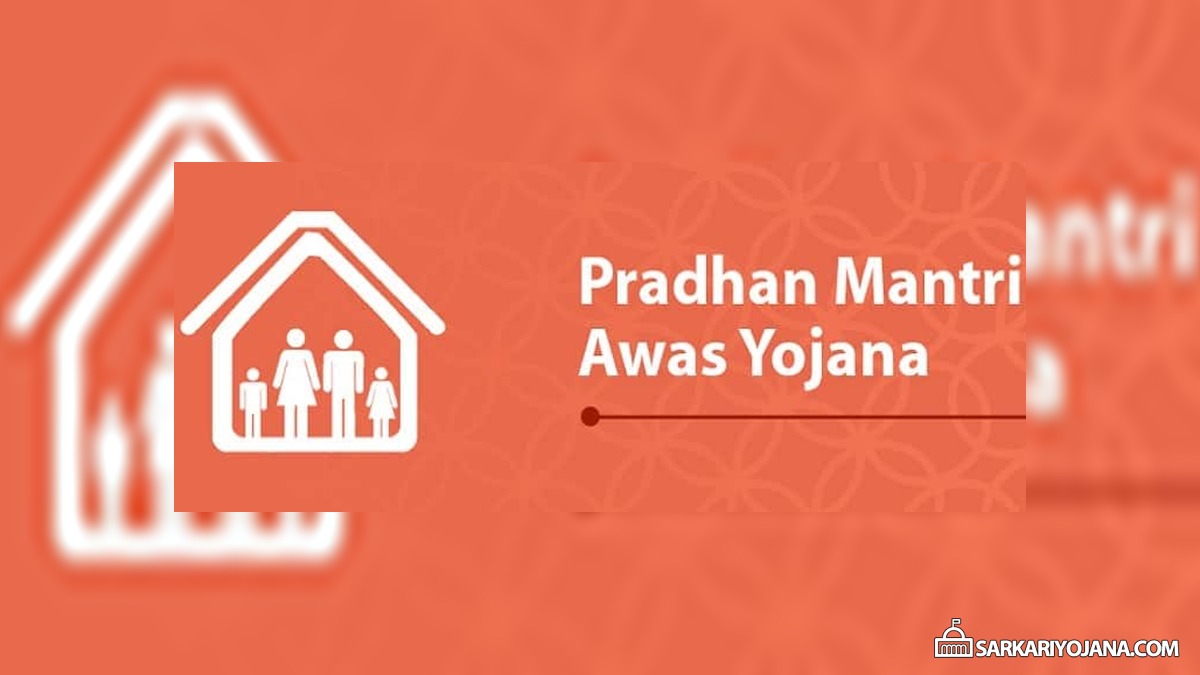
For more details, click at the link – PM Awas Yojana Urban
Beti Bachao Beti Padhao Yojana
The important features and highlights of this scheme are as follows:-
- Launch Date – 22 January 2015
- Objective – The goal of the BBBP scheme is to celebrate the girl child and enable her education. The specific objectives of the scheme include preventing gender biased sex selective elimination, ensuring survival and protection of the girl child and ensuring education and participation of the girl child.
- Achievements –
- Hon’ble Prime Minister had launched All India coverage 640 districts (as per Census 2011) of BBBP Scheme on 8th March, 2018 at Jhunjhunu, Rajasthan
- Two major components of the Scheme are (i) Multi-sectoral intervention and media advocacy in 405 districts (including 161 districts) is being implemented under the leadership of DCs / DMs and (ii) 360 degree approach in alert media advocacy and outreach activities in remaining 235 districts.
- The BBBP is 100% central sector scheme with total outlay of Rs. 1132.5 Cr from 2017-18 to 2019-2020
- Improving trend in SRB is visible in 104 BBBP
- 119 Districts have reported progress in first trimester registration against the reported Anti Natal Care registrations
- 146 districts have reported improvement in Institutional deliveries
- Unified District Information System for Education (U-DISE) 2015-16, girls enrolment in secondary education was 80.97% against 76% in 2013-14. Now the revised target of GER has been proposed to 82% by 2018-19.

For more details, click at the link – Beti Bachao Beti Padhao (BBBP) Yojana
Pradhan Mantri Sukanya Samriddhi Yojana
The important features and highlights of this scheme are as follows:-
- Launch Date – 22 January 2015
- Objective – A small deposit savings scheme to promote the welfare of girl child and ensure them a secure future.
- Achievements –
- More than 1.26 crore accounts have been opened
- Amount of over Rs. 19,183 crores deposited till November 2017
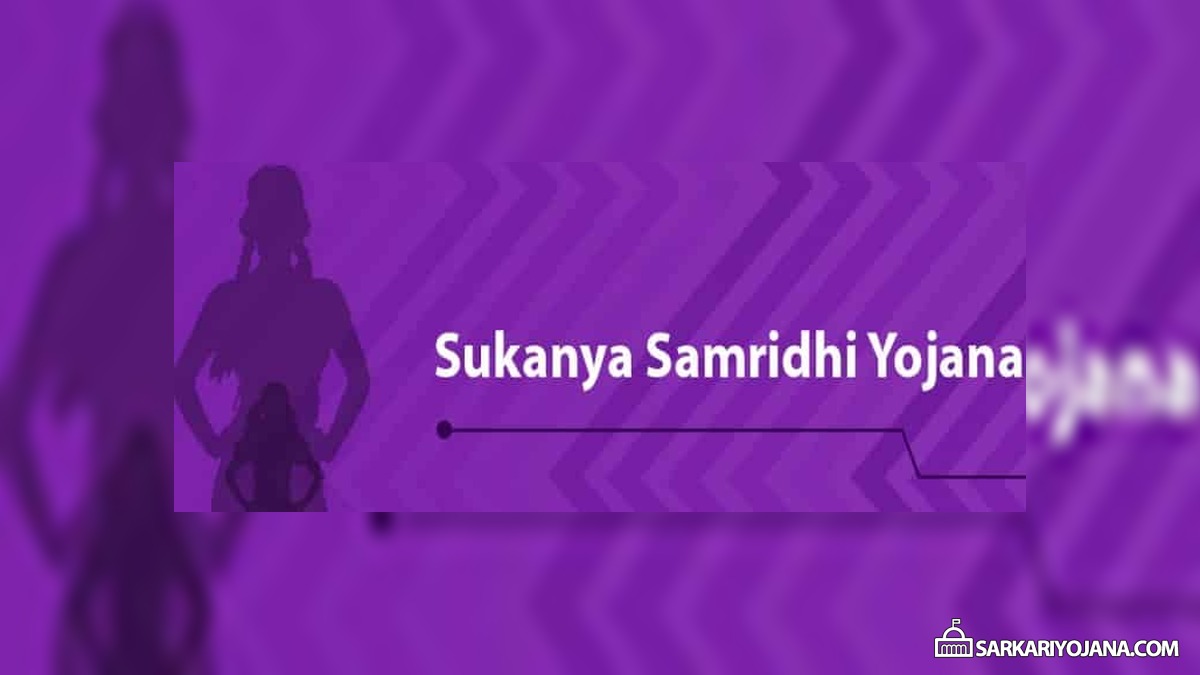
For more details, click at the link – PM Sukanya Samriddhi Yojana
Mission Indradhanush
The important features and highlights of this scheme are as follows:-
- Launch Date – 25 December 2014
- Objective – To achieve full immunization of at least 90% children by 2020 (now by 2018). Full immunization coverage to missed out and left out children and pregnant women during routine immunization rounds, against 7 life threatening diseases.
- Achievements –
- 2.55 crore children vaccinated
- 66.57 lakh children fully immunized
- 68.78 lakh pregnant female immunized
- 73.49 lakh vitamin A doses administered
- 68.57 lakh ORS packets distributed
- 2.345 crore zinc tablets distributed
- Intensified Mission Indradhanush – Launched by PM on 8th October 2017 at Vadnagar, Gujarat to cover 121 districts, 17 urban areas and 52 districts of NE states (total 190 districts/urban areas across 24 states) for intensified immunization campaign.

Deen Dayal Upadhyaya Gram Jyoti Yojana
The important features and highlights of this scheme are as follows:-
- Launch Date – 25 July 2015
- Objective – 100% Rural Electrification with reliable, adequate & quality electricity supply and also to provide access to electricity to villages/habitations & households. It includes Strengthening and augmentation of sub transmission and distribution infrastructure, Separation of agriculture and non-agriculture feeders and Metering for feeders, distribution transformers & consumers along with Micro-grid and off-grid distribution network.
- Achievements – Out of 597,464 census villages, 597,464 villages (100%) have been electrified
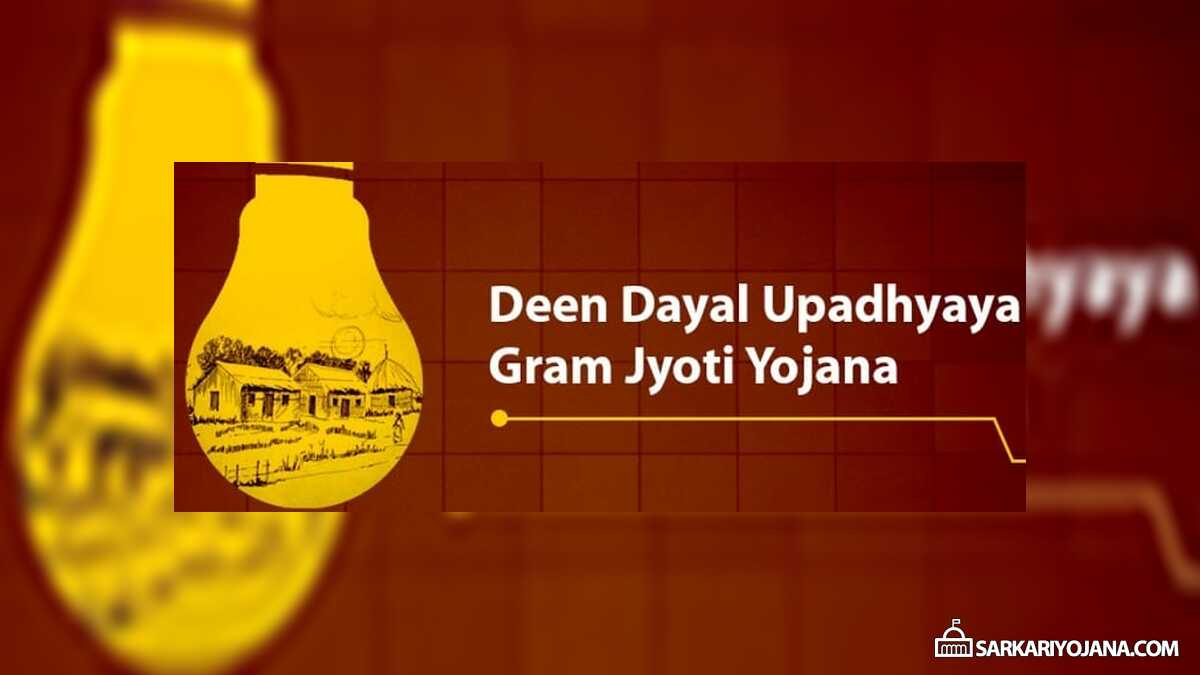
Pradhan Mantri Mudra Yojana
The important features and highlights of this scheme are as follows:-
- Launch Date – 8 April 2015
- Objective – To provide financial support for growth (development and refinancing) of micro enterprises sector
- Achievements – Easy, loans without guarantee under three categories – Shishu, Kishore and Tarun by the banks. Loan of up to Rs. 50000 is given under sub-scheme ‘Shishu’ between Rs. 50,000 to 5.0 Lakhs under sub-scheme ‘Kishore’ and between 5.0 Lakhs to 10.0 Lakhs under sub-scheme ‘Tarun’.
- Number of PMMY loans sanctioned in 2017-18: 4535109
- Loans disbursed in 2017-18; Rs. 220596.05 crore
- Loans disbursed in 2016-17: Rs. 175312.13 crore
- Loans disbursed in 2015-16: Rs.132954.73 crore
- Budget allocation for 2018-19 raised to Rs. 3lakh crore, a hike of 20% over the previous year which was Rs.2.44 lakh crores against Rs. 1.22 lakh crores in 2016-17

For more details, click at the link – Pradhan Mantri Mudra Yojana (PMMY)
Stand Up India Yojana
The important features and highlights of this scheme are as follows:-
- Launch Date – 5 April 2016
- Objective – To support entrepreneurship among women and SC & ST communities by facilitating bank loans between 10 lakh and 1 Crore to them. This scheme will benefit at least 2.5 lakh entrepreneurs.
- Achievements –
- The number of loans given by Public Sector, Private and Regional Banks under the Stand-up India Scheme are 51,888, 2,445, and 1,009 respectively up to 07.03.2018 since inception of the Scheme
- Regional Rural Banks sanctioned 180 loans to borrowers of Scheduled Castes (SC) category as on 07.03.2018 since inception of the Scheme
- 56260 Self Unemployment Insurance, SUI applications sanctioned for 12194 crores
- 44460 SUI applications disbursed for 6641 crores
- 7424 online SUI loan applications submitted of which 2641 SUI online loans have been sanctioned
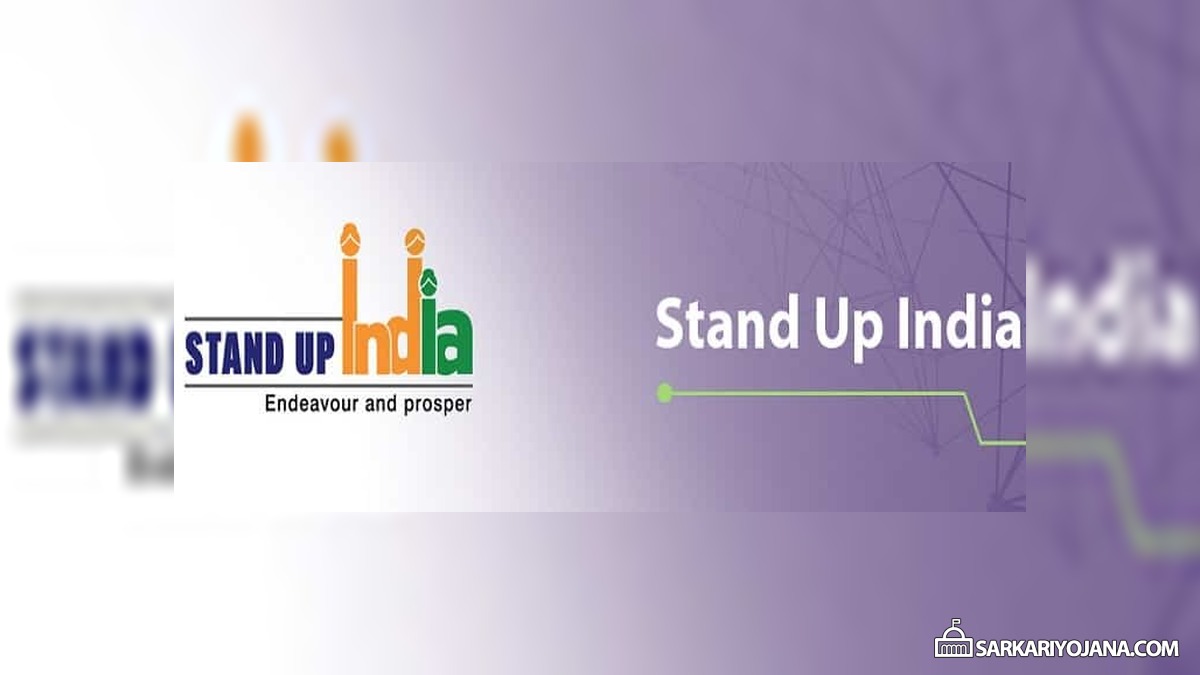
For more details, click at the link – Stand Up India Loan Scheme
Startup India Scheme
The important features and highlights of this scheme are as follows:-
- Launch Date – 16 January 2016
- Objective – To foster entrepreneurship and nurture innovation by creating an ecosystem that is conducive for growth of Start-ups to drive sustainable economic growth and generate large scale employment opportunities.
- Achievements –
- Tax relief for three consecutive years out of a block of seven year for startups
- Start-up Fund of Rs. 10,000 Crore to be released over two Finance Commission cycles, that is, by 2025
- Startups are allowed to issue ESOPs to promoters working as employees
- 8,829 Start-ups have been recognised as on 5th April, 2018
- 99 Startups have been funded (as on 5th April, 2018)

Pradhan Mantri Kaushal Vikas Yojana (PMKVY)
The important features and highlights of this scheme are as follows:-
- Launch Date – 15 July 2015
- Objective – To provide formal short term training to impart skills to and recognition of skills through certification, to enhance employability of the youth.
- Achievements –
- 8479 training centers opened in 596 districts and training is given in 375 trades.
- 19.85 Lakh youth trained and 2.49 Lakh placed as part of PMKVY (2015-2016)
- For PMKVY (2016-2020), 16.37 Lakh targets have been allocated to training providers under Short Term Training, Recognition of Prior Learning, and Special Projects with 2.72 Lakh enrollments as on date.
- Women constitute approx. 50% of all enrolled candidates under PMKVY
- PMKVY 1 trained 40% higher number of candidates than STAR
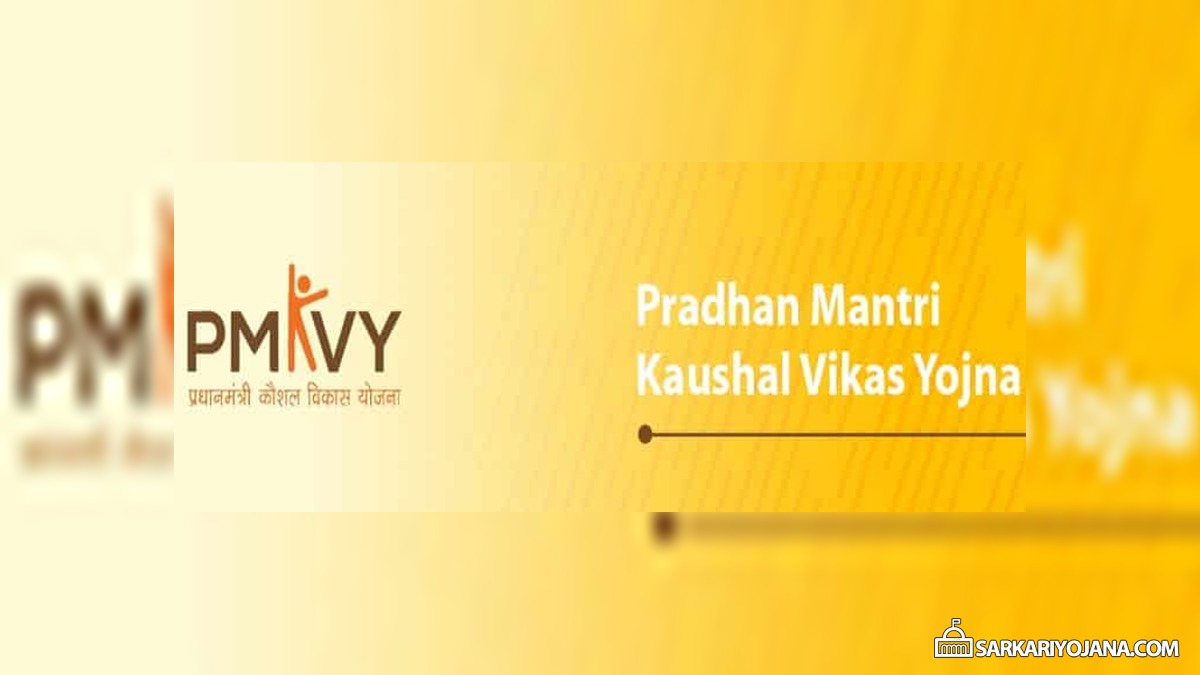
For more details, click at the link – PM Kaushal Vikas Yojana
Digital India
The important features and highlights of this scheme are as follows:-
- Launch Date – 1 July 2015
- Objective – To transform India into a digitally empowered society and knowledge economy.
- Achievements –
- Aadhaar enrolment has increased to 120.7 Crore (As on 31 march 2018) from 63.22 cr (as on 31 May 2014)
- Number of unique bank accounts linked with Aadhaar has increased to 59.15 cr (as on 31st March, 2018) from less than 7 cr (as on 31st May, 2014)
- Since September, 2016 58.3 Crore mobile SIM cards have been issued using Aadhaar eKYC
- 125 Banks have joined Aadhaar Enabled Payment System (AEPS), leading to an increase in AEPS transactions from just 0.46 Crore on 31st May, 2014 to 141.16 Crore on 31st March, 2018
- Aadhaar enrolment trend during March, 2014 to May, 2014 was about 3-4 lakh per day and about 5-6 lakh per day till October 2016. Since Demonetization, the Aadhaar enrolment/ Update requests are in the range of 3-4 lakh per day. More than 1 cr Income Tax Payee have linked their Aadhaar with PAN
- Approximately 70% people are applying for passport using Aadhaar.
- Jeevan Pramaan – It is an Aadhaar based platform for biometric authentication of the pensioners and senior citizens. Since its launch on 10 November 2014, over 150.15 lakh pensioners have registered on the portal till date, which was 16.54 lakh in 2016. As per the latest data available around 3.87 Aadhaar based PoS terminals have been introduced
- DIGIDHAN MISSION – Dedicated mission under the ministry of Electronics & IT was established to achieve the target of 2500 crore digital payment transactions in FY 2017-18 through digital payment modes including UPI, USSD, IMPS, Aadhar Pay and Debit cards. View Details
- Common Service Centres (CSCs) – As on December 2017, around 2.92 lakh CSCs are active and offering digital services like Aadhaar enrolment, Ticket booking, of utilities and other e Governance services to citizens from 2.15 Lakh Gram Panchayats, which was only 2.29 Lakh 2016. View Details

For more details, click at the link – Digital India
Make In India
The important features and highlights of this scheme are as follows:-
- Launch Date – 25 Septemeber 2014
- Objective – To project India as a preferred investment destination and a global manufacturing hub. The major objective behind the initiative was to renew focus on job creation, skill development, fostering innovation and high quality standards in the manufacturing sector.
- Achievements –
- India has been ranked 3rd in the list of top prospective host economies for 2016-18 in the World Investment Report (WIR) 2016 of UNCTAD. India ranks 9th position on foreign direct investment (FDI) inflows in 2016, as per World Investment Report 2017
- India’s ranking in World Bank’s Ease of Doing Business Index has made giant leap of 30 positions – from 130 in 2016 to 100 in 2017 (as per World Bank’s Ease of Doing Business Report, 2018)
- India has established itself as one of the top 10 inbound investment destinations in the world. One of the key reasons is India opening up its sectors for FDI
- India is one of the most open economies of the world when it comes to sectors opened up for FDI
- FDI has shown an extremely positive trend since the launch of Make in India Week with growth of 56 percent on FDI inflow and 68 percent on FDI Equity inflows, since the launch of the initiative over the corresponding period previous to it
- Highest FDI inflow for the last 3 financial years (USD 160.7 billion) – 32% of cumulative FDI inflow over past 17 financial years (USD 484 billion)
- FDI in India has been opened in many key sectors such as – Defence Manufacturing, Food Processing, Telecommunications, Agriculture, Pharmaceuticals, Civil Aviation, Space, Private Security Agencies, Railways, Insurance and Pensions, Medical Devices and Pensions
- Most of the above mentioned sectors have 100 percent FDI via the automatic route barring Defence Manufacturing sector (FDI upto 49 percent applicable via automatic route and 100 percent FDI allowed via Government Route)
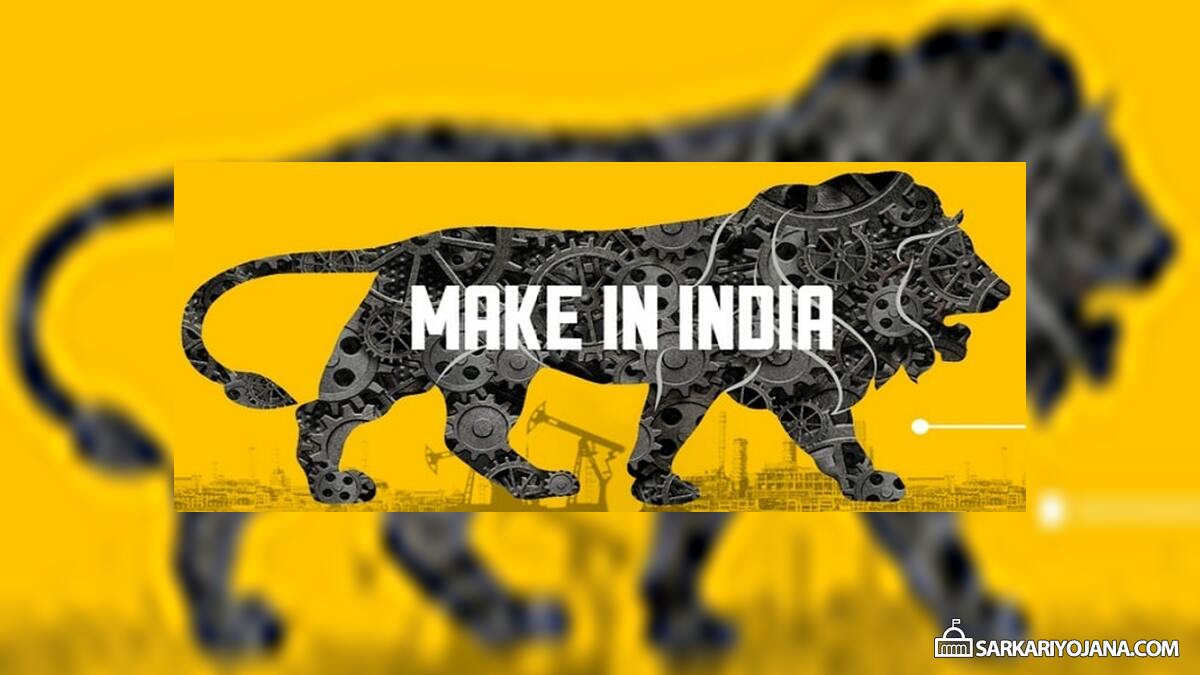
Source : http://pibarchive.nic.in/4YearsOfNDA/
